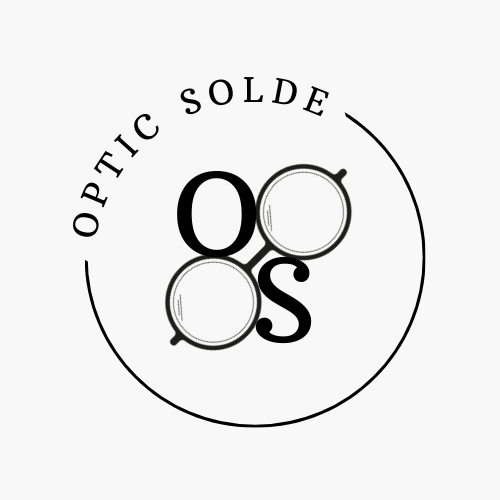Glasses and Aging: Adapting to Changing Vision Needs
Introduction:
As we age, our vision often undergoes significant changes. While some individuals may experience age-related eye conditions, others may simply notice a decline in their visual acuity. In such cases, wearing glasses becomes essential for individuals to continue performing their daily tasks with ease and accuracy. This article will discuss the importance of wearing glasses as we age and how they can help adapt to changing vision needs.
Sub-heading 1: Importance of wearing glasses as we age
Our eyes go through a natural aging process, leading to various visual changes. Presbyopia is one of the most common age-related vision conditions, which affects our ability to focus on close objects. As a result, individuals may experience difficulties while reading, working on a computer, or performing intricate tasks. Wearing glasses with prescription lenses specifically designed for presbyopia aids in restoring clear near vision. The correct prescription enables individuals to comfortably read books, newspapers, or digital screens without straining their eyes.
Additionally, vision correction glasses help elderly adults who suffer from nearsightedness (myopia), farsightedness (hyperopia), astigmatism, or other refractive errors. These conditions can cause blurred vision, headaches, and eye strain. By wearing appropriate eyeglasses, older adults can enhance their visual capabilities, reduce eye discomfort, and improve overall quality of life.
Sub-heading 2: Adapting to changing vision needs
As we age, our vision requirements continuously change, necessitating a regular eye examination to ensure accurate glasses prescriptions. Authorities recommend getting an eye exam every one to two years. This allows optometrists or ophthalmologists to detect any changes in vision and provide the most suitable prescription glasses.
Alongside updating prescriptions, another critical consideration is lens customization to meet specific vision needs. Various lens options are available, including bifocal lenses, progressive lenses, and computer glasses. Bifocal lenses have two distinct areas, one for distance and one for close-up tasks, while progressive lenses offer a gradual transition between these two focal points. Progressives are particularly beneficial for those who require a range of vision correction, as they eliminate the visible line associated with bifocals. Computer glasses, on the other hand, are optimized for reading digital screens, reducing eye strain caused by prolonged exposure to blue light emitted from electronic devices.
Bullet list:
– Always seek professional advice for optimal vision correction.
– Regularly update glasses prescriptions to ensure accurate vision correction.
– Explore different lens options such as bifocal, progressive, or computer glasses.
– Consider lens coatings to reduce glare, scratches, or smudges.
– Invest in lightweight, comfortable frames for extended wear.
– Protect your eyes from harmful UV rays by selecting glasses with appropriate UV filters.
– Maintain good eye health by following a balanced diet and practicing eye exercises recommended by professionals.
Conclusion:
As we age, our vision needs continue to evolve, often requiring the aid of glasses to maintain optimal visual acuity. Wearing glasses designed to correct age-related vision changes, such as presbyopia or refractive errors, can significantly enhance our ability to perform daily activities and enhance our overall quality of life. By regularly visiting eye care professionals, updating prescriptions, and selecting appropriate lens options, we can adapt to changing vision needs and continue to live with clarity and confidence.
